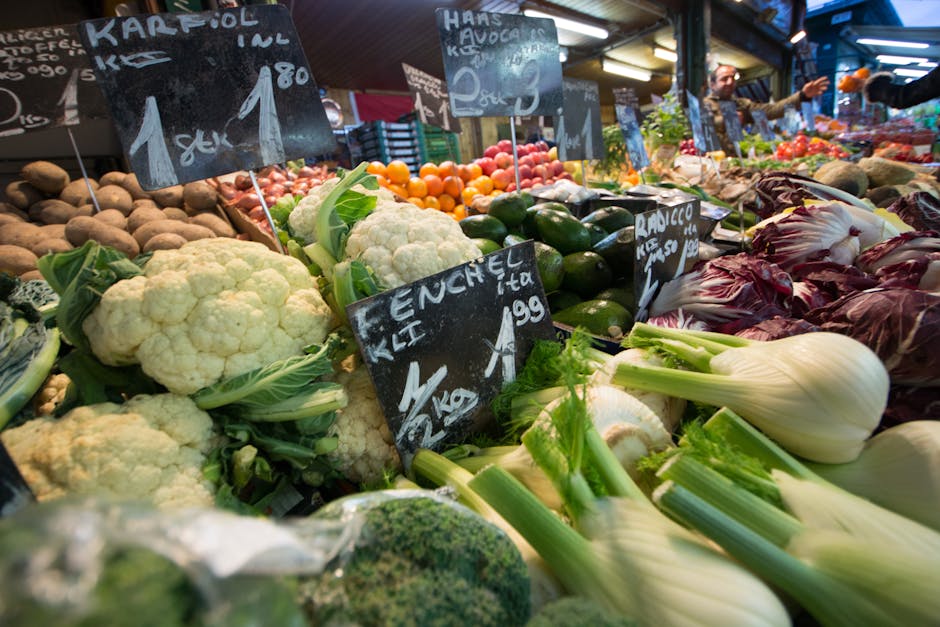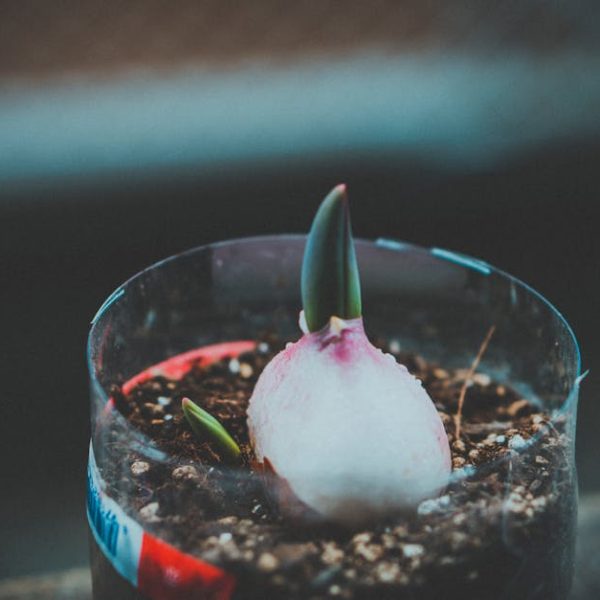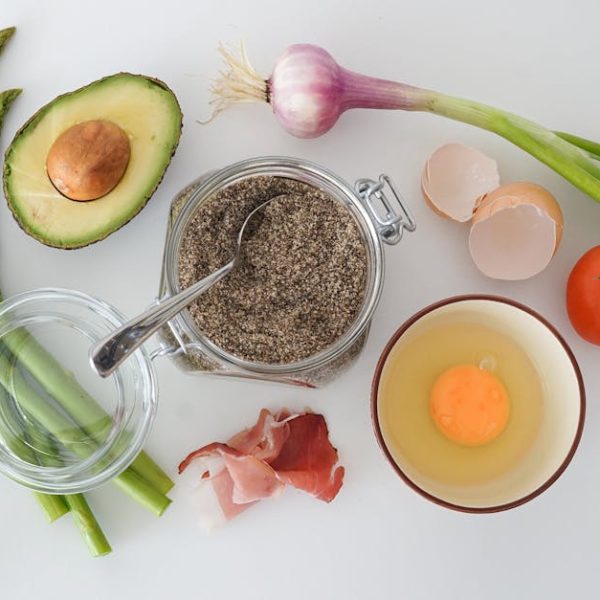Whether shredded for a salad, sizzled in a stir-fry, or boiled in a hearty soup, both cabbage and lettuce play key roles in our diets. Often, we interchangeably use these two leafy greens due to their similarities, but it’s worth noting they bear distinct differences. By understanding these differences, you can utilize each vegetable to its fullest potential and enhance your culinary creations.
Nutritional Variations between Cabbage and Lettuce
Both cabbage and lettuce are powerhouses abundant with essential nutrients. Generally low in calories, they are rich in fiber, a dietary element vital for maintaining a healthy digestive system. However, the nutrient profile differs for both.
Cabbage is a cruciferous vegetable, notable for being high in Vitamin C and K. It’s also an excellent source of folate and provides a good dose of minerals like potassium and manganese. Here are some key nutrients and their quantity per 100g serving:
- Vitamin C: 36.6mg
- Vitamin K: 76 mcg
- Folate: 43 mcg
- Potassium: 170mg
- Fiber: 2.5g
On the other hand, lettuce, particularly Romaine lettuce, offers:
- Vitamin A: 8710 IU
- Vitamin K: 102.3 mcg
- Folate: 136 mcg
- Potassium: 247mg
- Fiber: 2g
These nutrients, integral for various bodily functions, make the inclusion of cabbage and lettuce in your diet invaluable. An assorted intake of both can ensure you’re getting the best of what each has to offer.
Pro Tip: Both cabbage and lettuce work great in salads. However, try incorporating cabbage in your hot meals as well – it adds a delicious crunch to stir-fries and soups.
Varieties and Culinary Uses of Cabbage and Lettuce
Just as all fingers aren’t the same, all cabbages and lettuces aren’t identical either. Each type bears unique characteristics and offers a different flavor, enriching your culinary experience in multiple ways.
Cabbage boasts several compelling types, like Green cabbage, Red cabbage, Savoy cabbage, and Napa cabbage. While Green and Red cabbage are standard salad choices, Savoy is known for its tender and delicate leaves that are utilizado in wraps, and Napa cabbage’s sweetly flavored leaves find unparalleled use in Asian cuisine.
Equally diverse is the world of lettuce with varieties ranging from Crisphead (Iceberg), Romaine, Butterhead to Leaf lettuce. Crunchy Iceberg lettuce is a classic choice for salads and sandwiches, Romaine lettuce with its sturdy leaves are great additions to Caesar salads, Butterhead lettuce provides soft and silky textured leaves ideal for wraps, and Leaf lettuce with its delicately flavored leaves is used in diverse culinary preparations.
Every type of cabbage and lettuce has its charm and place in a particular dish. Choosing the right type for the right dish can make a remarkable difference to the dish’s flavor and texture.
Best practice: Store these veggies in a crisp drawer in your refrigerator. To keep them fresh for longer, don’t wash them until you’re ready to use them.
Health Benefits of Cabbage vs. Lettuce
Apart from their nutritional content, both cabbage and lettuce offer a range of health benefits. Let’s start with cabbage. As a cruciferous vegetable, cabbage has been linked to a decreased risk of certain types of cancer due to its high content of glucosinolates. Moreover, cabbage’s high Vitamin K content is essential for bone health, and its antioxidant properties can aid in reducing inflammation. On the downside, due to its high fiber content, it can cause digestive issues for some individuals if consumed in excess.
Lettuce, especially dark leafy varieties like Romaine, are good for eye health due to the high content of carotenoid antioxidants like beta carotene. It can also aid in heart health since it’s a good source of folate that keeps the levels of a specific amino acid low, associated with heart disease if present in high amounts. However, lettuce’s high water content makes it less nutrient-dense than other greens, and under certain farming conditions, it may be more vulnerable to foodborne illness.
Pro Tip: Both vegetables carry unique health benefits, hence, rotating your consumption of these is a clever step towards a healthy diet.
Cultivation Differences between Cabbage and Lettuce
One significant difference between cabbage and lettuce lies in their cultivation methods. Cabbage prefers cooler climates and requires a longer growing season. It’s typically planted in late summer and harvested in fall. Concerning pests, cabbage worms and root maggots can pose a problem.
On the other hand, lettuce is a cool-weather crop that grows quickly. It can be continually harvested once it starts to grow and prefers moist, rich soil. However, it can struggle in very hot conditions and is prone to pests like slugs and aphids.
Checklist for Growing Cabbage:
- Start indoors and transplant when plants are 4-6 weeks old
- Plant in full sun
- Use well-drained, fertile soil
- Implement crop rotation to prevent disease build-up in soil
Checklist for Growing Lettuce:
- Plant directly into outdoor garden or in a container indoors
- Ensure a sunny or partially shaded location
- Maintain consistently moist soil
- Harvest regularly to encourage growth
Consumer Choices: When to Choose Cabbage or Lettuce
Several factors can influence whether you choose cabbage or lettuce for your meal. Nutritionally, if you’re seeking a Vitamin C boost, go for cabbage. If you’re after a good source of Vitamin A, opt for lettuce. Taste-wise, cabbage has a more robust and slightly peppery flavor, whereas lettuce tends to be milder and sweeter.
If texture plays a role in your choice, cabbage is crisp and hearty, making it versatile for both cooked and raw dishes. Lettuce, on the other hand, is tender and is best consumed raw in salads or as a sandwich topper.
For those following specific diets:
- For the low-carb or ketogenic diets, both are excellent choices as they are low in carbohydrates.
- For vegans, both offer essential nutrients that can sometimes be difficult to get from plant-based foods alone, like Vitamin K and folate.
Pro Tip: When shopping for these vegetables, remember, freshness is key! Look for vibrant leaves with no signs of wilting or browning.
Remember, whether you’re a cabbage devotee or a lettuce enthusiast, both come packed with health benefits. Including both in your culinary line-up is a smart way to enjoy a varied, balanced diet.
Key Takeaway:
- Both cabbage and lettuce are low calorie, fiber-rich vegetables, but they differ in their nutrient profile. Cabbage is high in Vitamin C and K, while lettuce is rich in Vitamin A and K.
- There are different types of cabbages and lettuces, each with unique characteristics and culinary uses.
- Both vegetables provide plenty of health benefits, but also carry several potential concerns. For instance, cabbage can cause digestive issues if consumed in excess, while lettuce might be vulnerable to foodborne illness depending on the farming conditions.
- The cultivation methods and growing conditions of cabbage and lettuce are significantly different.
- Choosing between cabbage or lettuce depends on personal nutritional needs, taste preferences, dietary restrictions, and the specific dish being prepared.
No matter what your preference, it’s clear that both cabbage and lettuce have a place in a balanced and varied diet. Whether you’re prepping a salad, cooking a stir-fry, or looking for a healthy snack, remember that the vegetable world is diverse and each type brings something unique to the table. So, don’t forget to mix up your leafy greens for a rainbow of flavors and nutrients.
FAQs
Q: Which is better for weight loss, cabbage or lettuce?
A: Both cabbage and lettuce are low in calories and high in fiber, making them good choices for weight loss. Ultimately, choosing the best one for you would depend on your personal taste and dietary needs.
Q: Can I substitute cabbage for lettuce in a recipe?
A: Yes, you can, but keep in mind that cabbage has a stronger, more peppery flavor and a crispier texture compared to lettuce. The substitution will therefore likely affect the taste and texture of your dish.
Q: Can I grow both cabbage and lettuce in a home garden?
A: Absolutely. Both cabbage and lettuce can be grown in a home garden given the right conditions. Cabbage prefers cooler climates, while lettuce thrives in cool weather and can struggle in hot conditions.
Q: How long can I store cabbage and lettuce in the fridge?
A: Both can last up to a week in the refrigerator, but lettuce might wilt more quickly. Remember, don’t wash them until you’re ready to use them to prevent premature wilting.
Q: Is it possible to consume too much cabbage or lettuce?
A: While both are healthy vegetables, overconsumption could lead to digestive issues given their high fiber content. As with everything, moderation is key.
Feel free to explore our website for more insightful articles and don’t hesitate to share this useful information with others!






